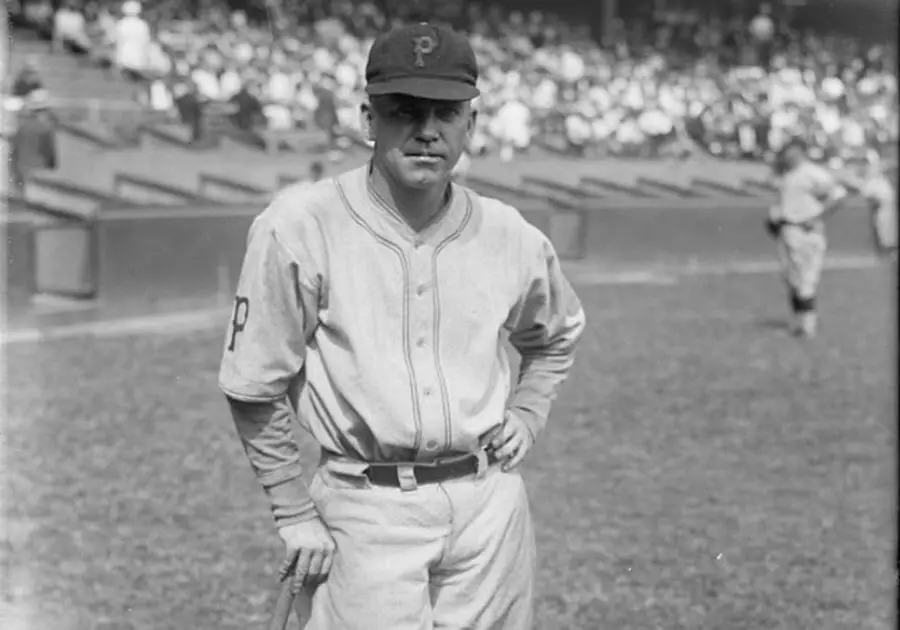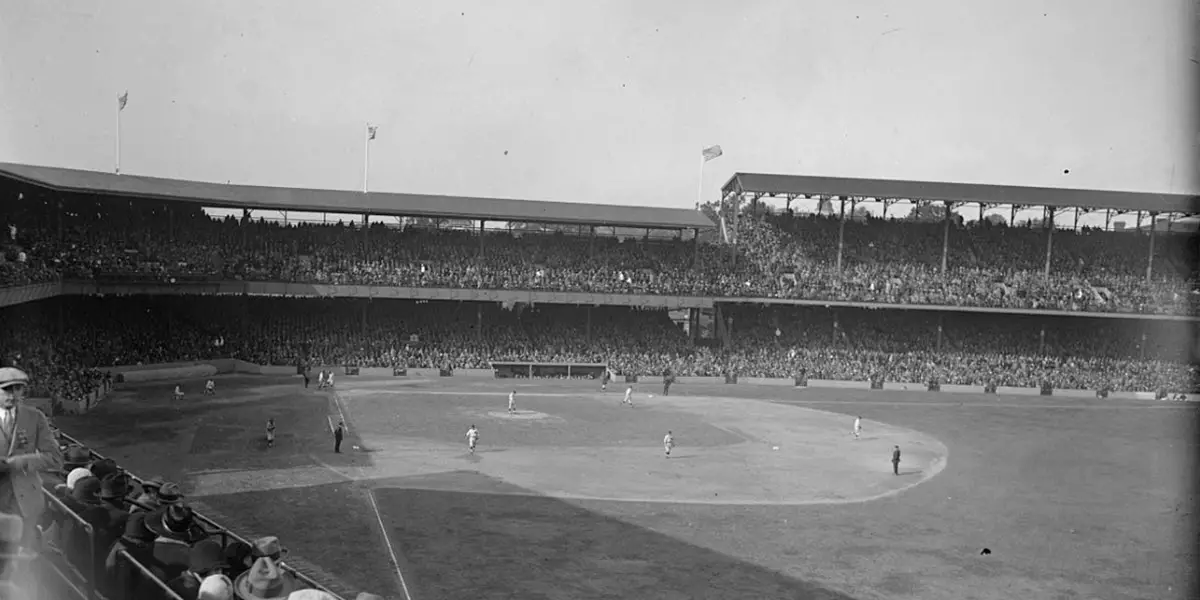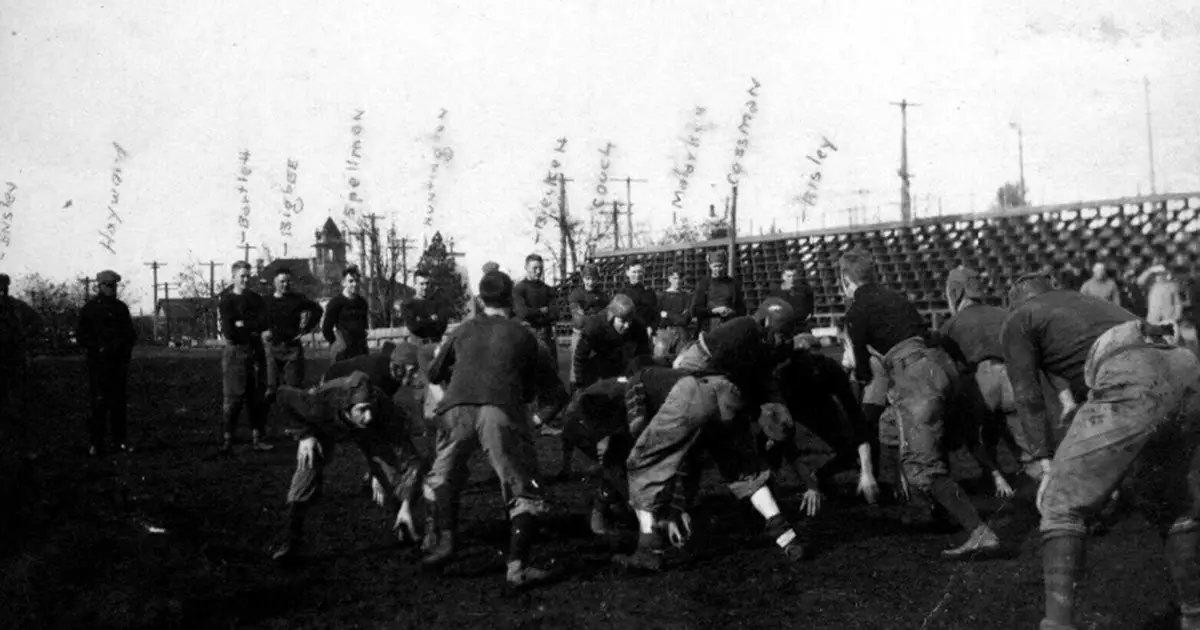The state of Oregon has created exceptional athletes for the University of Oregon, and few ever made the “bigs” quite like a player from a tiny farming community in Oregon, and yet who was one of three brothers to play and star for the Ducks. Oregon has had many sets of brothers playing football, but three brothers? In more than one sport? Settle in for an amazing story of another “Oregon Unknown,” as there are few Men of Oregon to actually come from the Willamette Valley and make such an impact.
Not many of us are familiar with Oregon sports during the first two decades of the 20th century. Yes, there was the 1916 football team that won Oregon’s first Rose Bowl but other than that there is not much written about Oregon sports of that era. Of that twenty-year period, the second decade of the 20th century was a momentous one as World War I erupted in 1914 and continued to 1918; there was the incursion of Pancho Villa into the United States, which drew our military into Mexico. It was also our first pandemic—the Spanish flu of 1918-1919 that the current COVID-19 crisis is often compared to.
Athletics at Oregon was also very different back then as most of the athletes were native Oregonians that often played multiple sports at Oregon. This is where the story of the fabulous Bigbee brothers of Morris, Lyle, and Carson began in the tiny hamlet of Waterloo Oregon living on their parents’ mint farm. (Who were also school teachers) For those who don’t know where Waterloo is, it is a short distance east of Lebanon. (Between Sodaville and Lacomb of course!)
As the boys grew up, they attended Albany High School, where they were star athletes. Morris “Buck” Bigbee was a third baseman on the baseball team, and a forward on the basketball team, while Lyle “Babe” Bigbee was also a forward on the basketball team, and pitcher on the baseball team. Carson “Skeeter” Bigbee was a guard on the basketball team, a shortstop and catcher for the baseball team, and the quarterback on the football team. The brothers played superbly together on the basketball floor as their team won the Western Oregon basketball championship. During the summers they played baseball for the Albany Athletes, a semi-pro team of which was permitted at that time.

On the 1913 Oregon Baseball team was (left) Lyle Bigbee, Morris Bigbee and Wallace Mount.
The Bigbees then continued their education and sports excellence at Oregon as Carson was active in football, baseball, and especially basketball as he was the leading scorer on the basketball team in 1915. Lyle was on the baseball, football and basketball teams, although the only season all three brothers played together was the 1914 baseball season. Morris played left field, Carson was the shortstop, and Lyle a pitcher. Three brothers on the same team with the legendary Hugo Bezdek as their coach? How incredibly rare in college sports for any era! (The top football photo shows several famous Oregon athletes, including Lyle Bigbee, Bill Hayward, John Beckett and Shy Huntington.)
Morris Bigbee had completed his eligibility for the Ducks while Lyle and Carson decided to leave Oregon and try their hands at professional baseball. They signed to play for the Portland Beavers, but the Beavers manager was not impressed with them and cut them loose. The two brothers were able to catch on with the Class B Tacoma Tigers of the Northwestern League, and this is where Lyle and Carson’s professional careers took different paths.
Lyle could not pitch well, in part because of an arm injury suffered while playing halfback in football for the Webfoots, thus he did not catch on with Tacoma. Instead, he returned to semi-pro baseball, playing for Klamath Falls. He was not only a solid pitcher there, but was a great hitter for the team with a batting average of .470 against higher competition than experienced in Eugene.
His career in Klamath Falls ended in controversy as Lyle Bigbee was forced to pitch in a championship game against Weed, California despite having been ill for several days. When Klamath Falls lost, local gamblers claimed Lyle had thrown the game despite a lack of evidence. Lyle’s overall good season performance earned him a trip back to Portland before ending up in Spokane for the 1917 season.

Carson “Skeeter” Bigbee with 1925 Pittsburgh Pirates.
The year 1919 found Lyle playing for the Seattle Indians of the Pacific Coast League after a successful stint in the shipyard leagues during World War I, and later Lyle would be sold by Seattle to the Philadelphia Athletics. Lyle had always struggled with his control, being known as a spit ball pitcher, however, he was a decent hitter, which helped him carve out a utility role which helped Lyle make the Athletics roster. (But his stay in Philadelphia would be short)
In 1921, Lyle was purchased from the Newark Bears by the Pittsburgh Pirates. He and Carson were reunited as teammates, one of the few brother combinations to play for the same major league team in the same season! The 1921 season would be Lyle’s last in the majors, as the next season found Lyle in the American Association playing for Milwaukee.
That year would also find Lyle playing professional football for the Milwaukee Badgers of the NFL as Lyle is one of the few players to have played in both the NFL and Major League Baseball. Lyle’s baseball career ended in 1924 after stops in Louisville and Los Angeles, and from there Lyle’s life went downhill. By 1942, Lyle was back in Portland working in the shipyards and for an unknown reason ended his own life.
Carson’s path was very different, as his time with the Tacoma Tigers earned him a trip to the big leagues. Carson was hitting .340 with 25 doubles and 50 stolen bases for the Tigers when the Pittsburgh Pirates came calling. (Carson had earned the nickname “the Ty Cobb of the Northwestern League”) Carson’s major league career started slowly, but by 1917 he set a major league record for the most at-bats in a game (eleven), a record that has been tied, but never broken in MLB!
Carson moved in as the starting left fielder for the Pirates and as his career progressed so did his total statistics; his best season at the plate would be 1922 when he hit an impressive .350 but from that point on, Carson’s career would go downward because of health problems.

The 1925 “Greatest Series Game Ever Played” at Griffin Stadium with Carson Bigbee of Oregon.
By 1925, Carson was reduced to a part-time player, but he had one last big moment in baseball history. In the bottom of the eighth inning of the seventh game of the 1925 World Series with Walter “Big Train” Johnson on the mound for Washington with two outs. Carson came to the plate, and with two strikes hit a double, which drove in the tying run. The next batter, Kiki Cuyler, hit a ground rule double, driving in Carson for the winning run in a World Series game by this former Duck!
Carson’s last year in the big leagues would be 1926, due to the ABC Affair in which Babe Adams, Carson Bigbee and Max Carey would be released for having led a revolt against one of the front office management. Carson would play two more seasons in the Pacific Coast League although he was not completely done with baseball and he became part of the sport’s trivia as he served as a manager in 1948 and 1949 for the All-American Girls Professional Baseball League.
Other than Joe “Flash” Gordon, Carson “Skeeter” Bigbee is probably the most successful former Duck to have played in the major leagues. The story of the three brothers who played at such a high level before, during and after their days as Ducks while coming from the Willamette Valley is unique among all Oregon Sports Lore. Bring on the brothers!
Jim Maloney
Ellensburg, Washington
Top Photo from UO Library Special Collections
Related Articles:
When Oregon Kidnapped the Oregon State Homecoming Queen
Oregon's 7 Best NFL Players of All Time
Jim Loscutoff: an Oregon Star and NBA Enforcer
The Surprising Rise of Oregon Basketball in 1944-1945!
The Oregon Football Season of Surprising Sophomore Success
Bowl-less, but one of the BEST Oregon Teams in Decades
Jim currently resides in Ellensburg, Washington where he has had the opportunity to watch former Ducks such as NaDerris Ward and Scott Grady play for Central Washington University, Jim’s alma mater. However, Jim was born in Eugene and attended Howard Elementary School, and what then called Colin Kelly Junior High School before moving to Washington. Jim began following the Ducks during the 1957 season and had the opportunity to watch a number of games at Hayward Field. Over the years, Jim has developed a wealth of knowledge about Oregon sports history. When not editing on Fanbase.com or working in his garden, Jim manages to find time to practice law.

